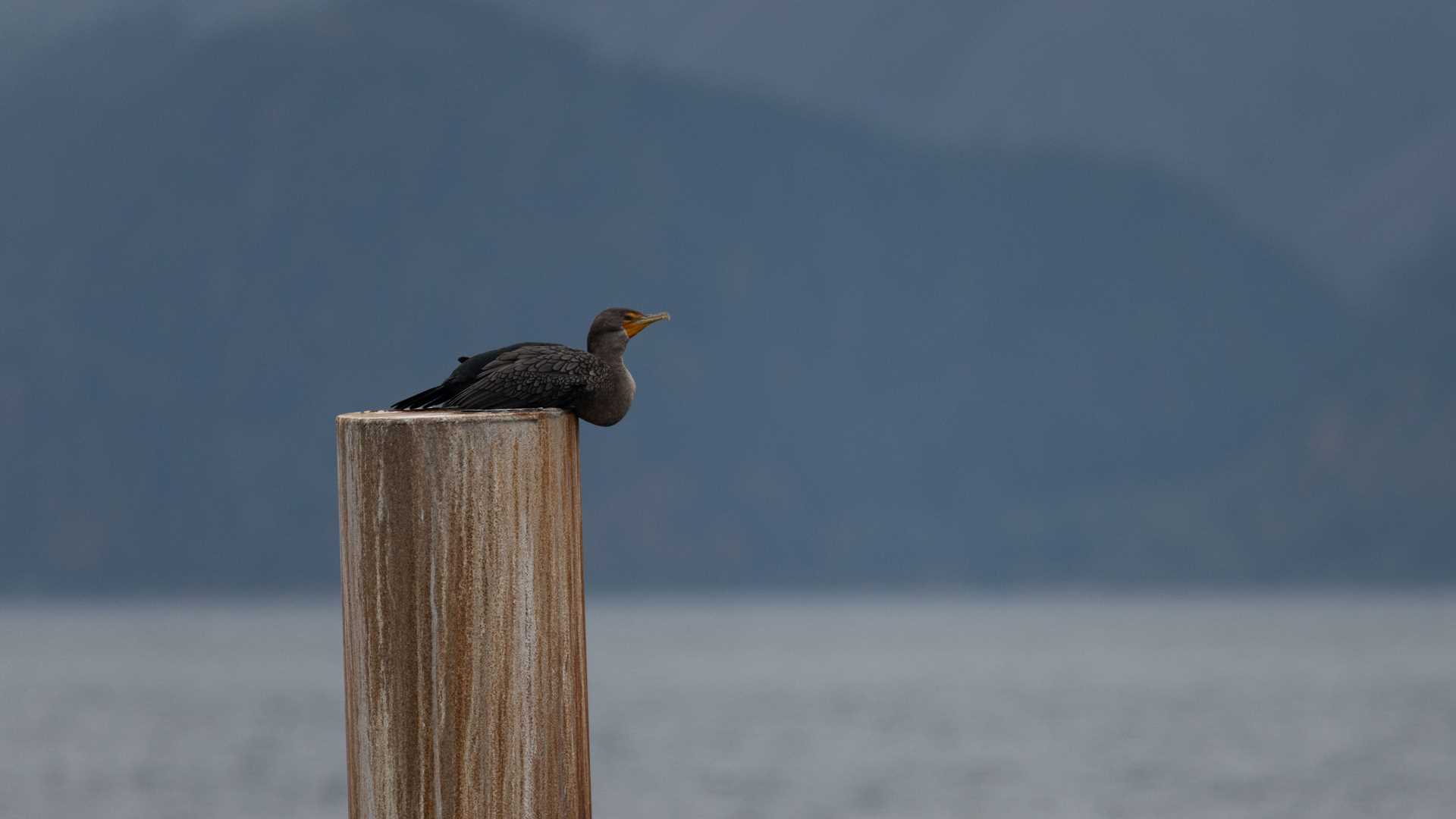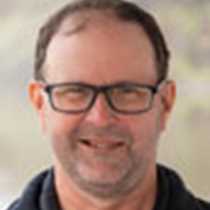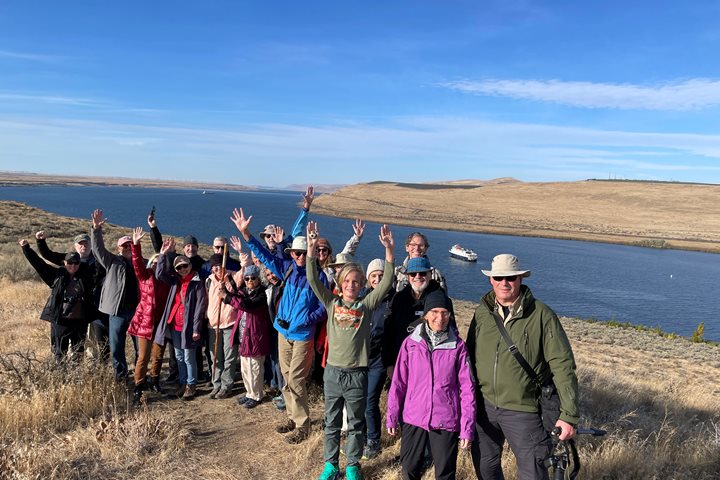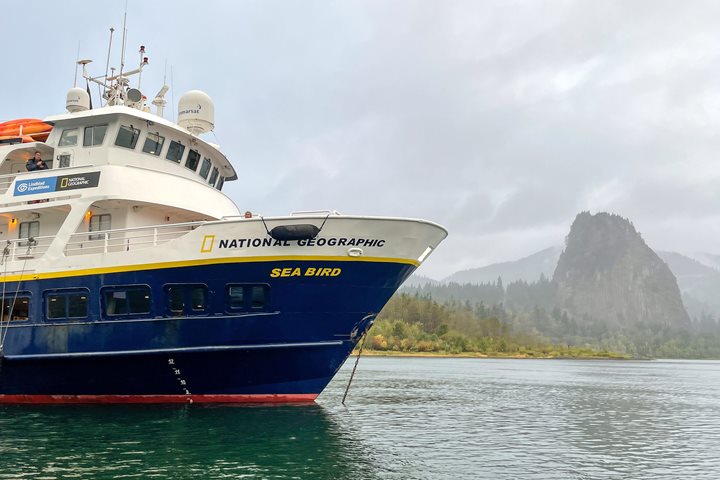Guests aboard National Geographic Sea Lion spent the last six days retracing steps that the Corps of Discovery took exactly 216 years ago. Lewis and Clark inspired Americans to be adventurous, courageous, and curious about nature, the West, and American’s collective identity.
In Astoria, guests experienced the awe of the Columbia River and the Pacific Ocean by visiting the Columbia River Maritime Museum. Guests heard harrowing tales told by Columbia Bar pilots as they narrated unforgettable video accounts of piloting ships across the Columbia River Bar. Guests also saw firsthand accounts of dramatic water rescues by the Coast Guard, saving ships that were caught on perilous mouth of the Columbia River in dangerous storms.
Leaving the museum, the group traveled to Fort Stevens, a fort built to protect the West Coast against an attack from the British from Canada. The fort, one of three to protect the mouth of the Columbia and facing the mouth of the Columbia, is one of few that was attacked by the Japanese in World War II. It still contained the principal armaments which were hid behind disappearing carriages. Guests hiked along the western arm of Point Adams taking in fresh sea air while pondering how the 2,500 terrified young soldiers reacted to being firing upon by the Japanese during that fateful day on June 21, 1942.
Refreshed with fresh brackish air of the Pacific Ocean and Columbia River, guests arrived at the beach and the wreck of Peter Iredale, a physical example the thousands of shipwrecks caused by the unpredictable and enormous power of pacific storms barreling into the mouth of the Columbia River. After an hour of running the fine white sands through their toes, guests returned to the Sea Lion for their final lunch of the voyage.
For many, retracing Lewis and Clark’s steps was more than a history lesson. It was more than a fascination with America’s most famous expedition to the Pacific Northwest. It was more than discovering the origin of flora and fauna documented by Lewis and Clark. It was about connecting to the pacific northwest, connecting to nature, and connecting to America’s early native history and rich traditions.
The highlight came from visiting Fort Clatsop, the winter headquarters for the Corps in 1805-6. Fort Clatsop marked a dramatic shift in the expedition. Having completed the goal of reaching the mouth of the Columbia River, the Corps were preparing for the start of their return journey home – as were guests starting their journey home. Leaving Fort Clatsop, guests witnessed a herd of elk grazing in the fading light of the afternoon, just as Lewis and Clark had experienced it in 1805. The awesome site of these great animals produced a sense of renewal and reconnection with a wild and native America that Lewis and Clark found and that each guest witnessed on their journey down the Snake and Columbia Rivers aboard the Sea Lion.







